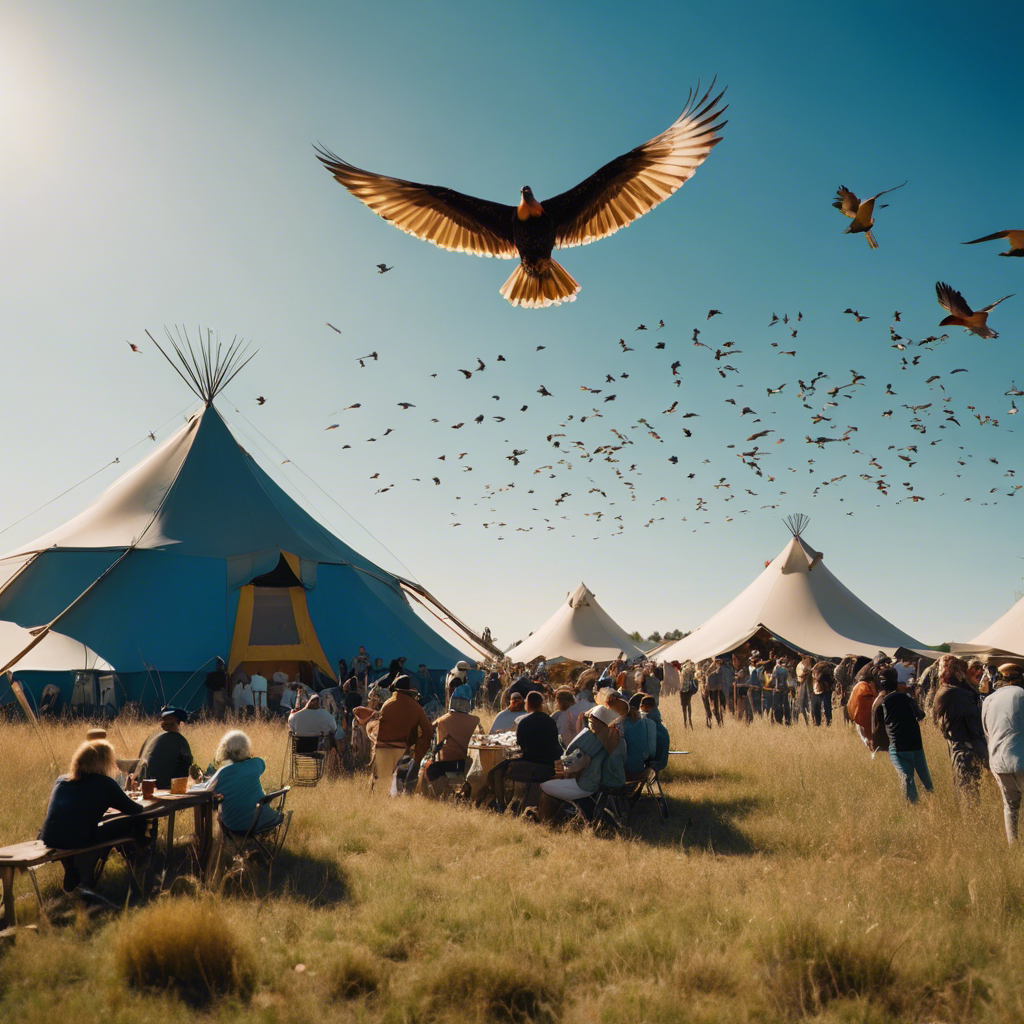Selecting The Appropriate Materials
Deciding On A Suitable Design
Did you know that there are over 10,000 species of birds worldwide? This makes for a plethora of design inspiration when creating the perfect bird house. To decide on a suitable design, consider these four crucial factors:- Bird preferences: Research the specific nesting habits and requirements of your target bird species to ensure it will utilize your bird house.
- Accessibility: Make sure predators such as squirrels or raccoons cannot easily access the bird house.
- Materials: Choose materials that blend well with nature and can withstand various weather conditions (e.g., wood, PVC).
- Ventilation and drainage: Provide adequate ventilation holes near the top of the birdhouse and drainage holes at its base.
Assembling Your Bird House
First off, let’s talk about the materials you’ll need to choose for your bird house. Next, we’ll discuss prepping the site where it’ll be installed. Lastly, we’ll cover how to actually install the house.Choosing Materials
You’re excited to start building your birdhouse, aren’t you? Well, the first thing you need to do is choose the right materials. Sustainable options like untreated wood or recycled materials are an excellent choice for creating a cozy and eco-friendly home for our feathered friends. When selecting materials, consider durability as well – after all, we want our little buddies’ new abode to withstand the elements! And remember, there’s no need to break the bank; sometimes repurposing items from around your home can lead to the most creative and charming birdhouses.Preparing The Site
Now that you’ve got your materials sorted, it’s time to prepare the site for your birdhouse. Site accessibility is crucial – not only for our feathered friends but also for you when it comes to cleaning and maintenance. Make sure you can reach the spot easily without disturbing the surrounding vegetation too much, as this may provide natural shelter and food sources for the birds. Additionally, think about how sunlight, wind direction, and potential predators might impact your chosen location. With these factors in mind, you’re well on your way to creating a welcoming sanctuary for winged visitors.Installing The House
Once you’ve found the perfect installation location for your birdhouse, it’s time to move on to the next crucial step – installing the house. Considering various mounting options is important because different birds have unique preferences when it comes to their homes’ height and orientation. You’ll want to ensure that your birdhouse is securely fastened in place so it can withstand weather conditions and won’t be easily accessible by predators. Don’t forget that providing a safe and stable environment will make all the difference in attracting feathered friends to settle down in your newly assembled sanctuary.Adding Finishing Touches
Now that you’ve assembled your bird house, it’s time to make it stand out with some personalized accents and unique paint jobs. Adding these finishing touches not only makes your bird house more attractive but also helps protect the wood from weather damage. Consider painting or staining the exterior of the birdhouse in vibrant colors that will attract birds while blending well with your outdoor space.| Paint Type | Pros | Cons |
|---|---|---|
| Acrylic | Easy to apply; fast-drying; water-based | May fade over time |
| Latex | Durable; long-lasting; easy clean-up | Requires primer for better adhesion |
| Oil-Based Stain | Penetrates deeply into the wood | Longer drying times; strong odor |
Proper Installation And Maintenance
Once you’ve crafted your beautiful birdhouse, it’s essential to ensure proper installation and maintenance for the safety of the birds and longevity of the house. First and foremost, consider installation safety by choosing a secure location that is away from predators, harsh weather conditions, and easily accessible for cleaning. Here are four simple maintenance tips to keep your birdhouse in tip-top shape:- Regularly inspect the house for any damage or wear, repairing or replacing parts as necessary.
- Clean out old nesting material at least once a year to prevent build-up of parasites and diseases.
- Ensure proper ventilation and drainage holes remain clear of debris.
- Monitor any nearby vegetation growth to maintain an open flight path for the birds.
Frequently Asked Questions
What Types Of Birds Are Most Likely To Use Birdhouses In My Region, And How Can I Attract Them To My Birdhouse?
It’s essential to know which types of birds are most likely to use birdhouses in your region, as this will help you tailor your birdhouse placement and design. To attract them, research the specific species that reside in or visit your area and consider their nesting habits when choosing a location for your birdhouse. Optimal birdhouse placement often involves positioning it at a safe height away from predators, close to food sources, and with enough sunlight exposure. Additionally, creating bird-specific designs can make your birdhouse more appealing; for example, smaller entrance holes cater to certain species while larger ones accommodate others. By considering these factors and customizing your approach based on regional birds’ preferences, you’ll increase the likelihood of having feathered friends inhabit your birdhouse.Are There Any Safety Concerns Or Potential Hazards I Should Be Aware Of While Building Or Placing A Birdhouse?
Just as a loving parent childproofs their home, it’s essential to consider potential birdhouse hazards and take safety precautions when building or placing a birdhouse. Firstly, avoid using toxic materials like treated wood, lead-based paint, or harmful chemicals in the construction process. Secondly, ensure proper ventilation and drainage to prevent overheating or water accumulation inside the house. To deter predators such as raccoons, cats, or snakes from reaching the nest box, install predator guards on poles or trees where you place your birdhouse. Lastly, regular maintenance checks can help identify any issues early on – clean out old nesting material after each brood has fledged and check for pests that could harm your feathered friends. By being mindful of these considerations, you’ll create a safe haven for birds to call home.How Can I Create A Birdhouse That Is Both Functional For The Birds And Visually Appealing For My Garden Or Outdoor Space?
Creating a birdhouse that is both functional for the birds and visually appealing for your garden or outdoor space requires careful consideration of birdhouse aesthetics and DIY designs. To achieve this, choose materials that blend well with your surroundings, such as natural wood or repurposed items like old teapots or boots. Additionally, consider painting the exterior in soft, muted colors to complement your garden’s color scheme without being too bright or flashy. Incorporate details like ornamental roofs, decorative entrance holes, and unique shapes to add character while ensuring proper ventilation and drainage are maintained to keep the birds safe and comfortable. Ultimately, striking a balance between functionality and visual appeal will create an inviting habitat for birds while enhancing your outdoor space’s overall aesthetic.Are There Any Common Mistakes Or Pitfalls To Avoid When Constructing A Birdhouse To Ensure The Birds Have The Best Possible Environment?
Navigating the world of birdhouse construction can be a delicate dance, as there are common mistakes and pitfalls to avoid in order to provide our feathered friends with an ideal environment. Ensuring proper birdhouse ventilation is crucial for maintaining a comfortable temperature inside, while predator protection measures like installing baffles or choosing birdhouses with small entrance holes help keep unwanted guests at bay. By paying close attention to these details, you’ll create a safe haven that both birds and humans will appreciate from afar.How Can I Make My Birdhouse More Eco-Friendly, Using Sustainable Materials Or Practices In Its Construction And Maintenance?
To make your birdhouse more eco-friendly, consider using sustainable materials and practices in its construction and maintenance. Start by selecting recycled materials, such as reclaimed wood or plastic, for the structure itself. Opt for sustainable paints that are water-based and free from volatile organic compounds (VOCs) to ensure minimal environmental impact while providing a safe environment for the birds. Additionally, incorporate features like natural ventilation, proper drainage systems, and easy-to-clean designs to promote energy efficiency and minimize waste during upkeep. By implementing these green strategies, you can create a comfortable habitat for birds while reducing your ecological footprint.Can Bird Spikes Be Used to Protect Bird Houses?
Bird spikes can indeed be utilized to safeguard birdhouses from unwanted visitors. Making effective bird spikes involves securely attaching them to the outer perimeters of the birdhouse, ensuring that larger birds or animals cannot perch or access the entrance. These spikes act as a deterrent without causing harm, allowing smaller birds to nest undisturbed.
Conclusion
In conclusion, creating a birdhouse can be an enjoyable and rewarding experience for both you and your local feathered friends. By researching the types of birds in your region, ensuring their safety, and constructing an appealing yet functional home, you’ll be providing them with a much-needed habitat while also enhancing your outdoor space. Did you know that nearly 20% of all bird species use cavities or holes for nesting? So go ahead, give these fascinating creatures a cozy place to call home by building your very own eco-friendly birdhouse!
An avid ornithologist, zoologist and biologist with an unwavering passion for birds and wild animals.
Dr. Wilson’s journey in ornithology began in childhood and led him to obtain a Ph.D. in Ornithology from the prestigious Avian Research Institute. He has worked closely with renowned experts in the field and conducted extensive research and field studies globally.




